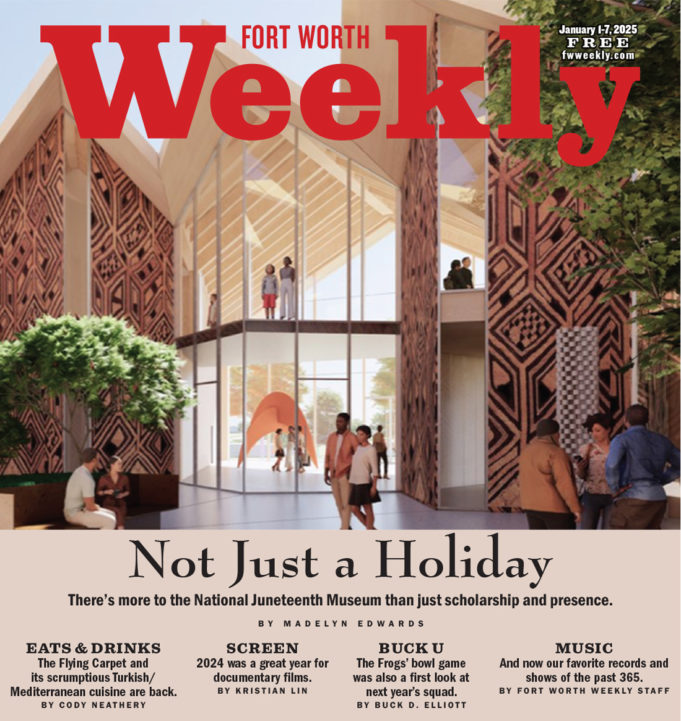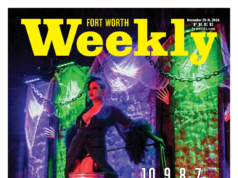Lauren Cross remembers growing up learning about her formerly enslaved ancestors and wanting to know more. Executive strategist of Fort Worth’s forthcoming National Juneteenth Museum (2026), Cross hopes the place will spark that curiosity in visitors and help them preserve their family histories.
The holiday Juneteenth was established to acknowledge the fact that even though the Emancipation Proclamation was enacted in 1863, not all slaves in the United States were freed at that time. It took two and a half more years for freedom to reach enslaved people in Texas by way of 2,000 Union troops arriving in Galveston Bay on June 19, 1865.
President Joe Biden made Juneteenth a national holiday in 2021, thanks to the efforts of multiple activists, including Opal Lee, who walked from her home in Fort Worth to Washington, D.C., in 2016 to raise awareness for Juneteenth to be recognized on the federal level.
The National Juneteenth Museum will be in Fort Worth’s historic Southside neighborhood at the corner of Rosedale Street and Evans Avenue. This area is especially significant for the museum because Lee operated a Juneteenth museum there since 2005 and the location was home to the first Black millionaire in Fort Worth, William Madison McDonald, or Gooseneck Bill.
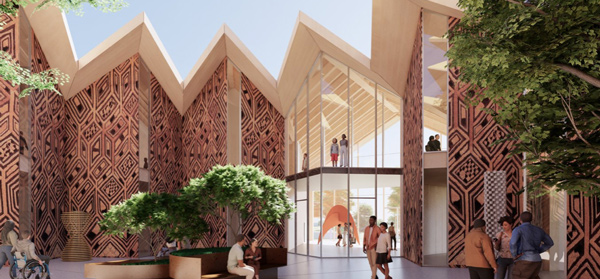
Courtesy of National Juneteenth Museum
The 50,000-square-foot museum is expected to include immersive exhibit galleries, a 250-seat theater for lectures, speakers, and performances, a business incubator space for local entrepreneurs, a food hall, a flexible Black Box space, and a public courtyard.
The museum’s design takes inspiration from the Juneteenth flag, which features a nova star in the middle that symbolizes rebirth, said Douglass Alligood, an architect on the National Juneteenth Museum design team. The 12-pointed star that is expected to be placed on the ceiling in the center of the museum also represents the 12 freedoms gained when the formerly enslaved were freed and became citizens. The building’s design is supposed to create a unique experience for visitors.
“You would know you were in the National Juneteenth Museum,” Alligood said. “You wouldn’t confuse it for any other place.”
Cross’ role at the museum is curatorial, helping to build the museum’s permanent collection and the stories that will be presented in the space. Juneteenth means a lot to her as a native Texan whose family has lived in this state for multiple generations. She recalled that her mother’s side of the family was particularly adamant in celebrating Juneteenth. For them, it was their duty to recognize the day and pay tribute to their ancestors. Her grandfather served as the family’s oral historian and would tell stories passed down from his grandfather, a former slave and Cross’ great-great-grandfather. Hearing the family stories is what made Juneteenth real and significant for Cross.
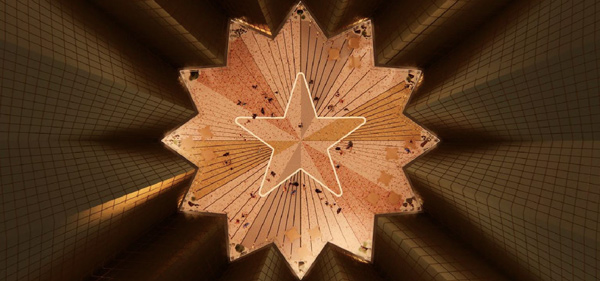
Courtesy of National Juneteenth Museum
“This is not just a holiday,” she remembered realizing. “This is what my ancestors went through, and, therefore, this holiday really means something. It’s about actual people and their journey to freedom.”
Hearing about her great-great-grandfather, who was a runaway slave, sparked Cross’ interest in freedom stories, efforts that abolitionists and formerly enslaved people made to fight for their freedom prior to Juneteenth and the Emancipation Proclamation.
“People weren’t just sitting around waiting to be free,” she said. “There was action. There was effort. Some successful, some not.”
Through the National Juneteenth Museum, Cross wants to highlight and preserve family stories that, like her own, have been passed down for generations. She plans for the museum to be a place for visitors to learn more about their family histories and genealogy and record oral history.
Some of these stories received for the museum feature people who are still fighting for things their ancestors were promised after being freed, like land. This is one of the ways that the past is connected to the present, which is a theme in the museum.
“People might be looking at Juneteenth as ‘What’s the relevance for right now?’ ” Cross said. “And the relevance is that there are families that are still grappling with these very things, even in this moment. And so that right there is resonant. And then also that Juneteenth has been used as a vehicle and as a mode of change for quite some time.”
Cross mentioned modern Juneteenth pioneers, such as Ronald Myers, Lula Briggs Galloway, Charles Taylor and, of course, Opal Lee, who have used Juneteenth to address issues in the present day. The museum is expected to be a place to learn about and pay tribute to the people who spent time spreading awareness about Juneteenth across the country prior to its becoming a national holiday.
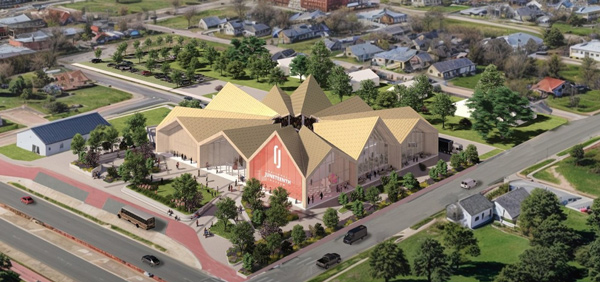
Courtesy of National Juneteenth Museum
“That’s our big heavy lift for the exhibition is to really educate the public about what Juneteenth actually is and that it’s not just a Texas thing,” Cross said. “So much of the advocacy about making Juneteenth a federal holiday happened outside of Texas by people who didn’t live in Texas and were not even from Texas.”
Still, Juneteenth is also a Texas thing, and the National Juneteenth Museum’s place in Fort Worth highlights the historical event’s relevance in our city. Fort Worth has a long history of celebrating Juneteenth and was part of the Juneteenth revival in the 1970s, Cross said.
Cross acknowledged that sometimes average people don’t always feel welcomed in museums, but the National Juneteenth Museum is out of the ordinary. Not only will it be a place to learn, but museum leaders hope that it will connect with and enrich the historic Southside community by providing performance space, dining experiences in the food hall, and a place for up-and-coming entrepreneurs to find resources.
Alligood said he connected instantly with the museum leaders from the very beginning of their partnership. He and his team have met with people in the community and devised the building plan based on local needs.
“Their basis of this design is that it’s more than a museum,” Alligood said. “It’s a celebration of African-American community and, to a certain extent, the historic Southside.”
For Alligood, Juneteenth is an event that needs to be celebrated and remembered.
“It feels as though our country, our whole world, is just willing to forget or deny huge swaths of history,” Alligood said. “I think we need to establish, or reestablish if we’ve lost it, connections to history and invaluable, important turning points. And just because it’s history, just because it’s truth, doesn’t mean we’re grieving and doomed to sadness. Truth is truth. History is history, and we can celebrate. We can learn from it. We can explore it. I think the only thing we don’t want to do is deny history.”



